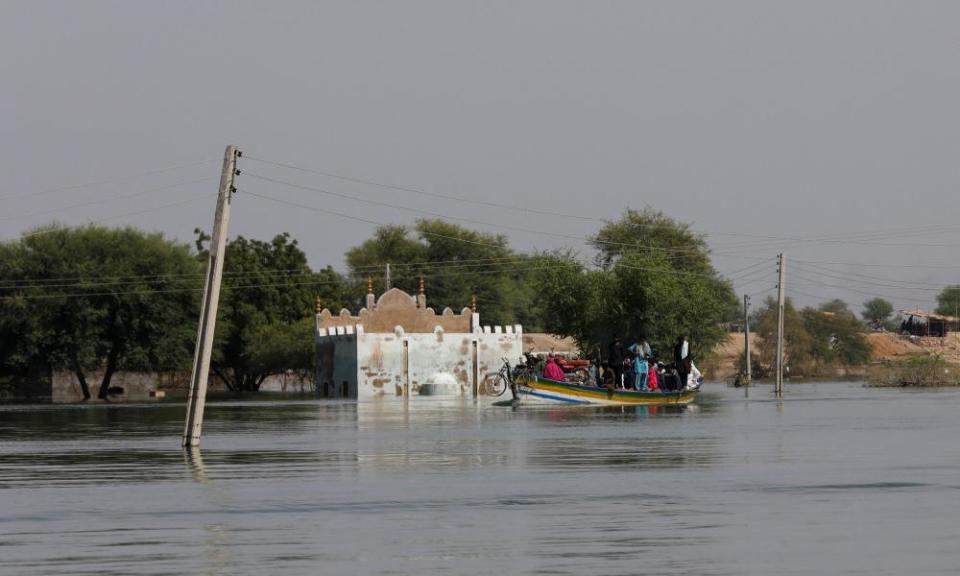Weather tracker: how record monsoon rain devastated Pakistan

Traditionally, the Asian monsoon is a time to celebrate. But after devastating floods in Pakistan, people in the country may feel differently. At their greatest extent in September, floods covered one-third of Pakistan’s surface. About 15% of the population have been displaced or otherwise affected, and an estimated 1,700 have died.
This year’s monsoon was the wettest on record. The numbers are mind-boggling. Between June and August, Pakistan received almost triple its average rainfall. The province of Sindh received more than eight times the usual amount. However, the situation is far more complicated than just extreme downpours.
It began with a heatwave. Summer arrived two months early, smashing records for temperatures in March across India and Pakistan. The warmer the air, the more water vapour it can accommodate. The length and intensity of Pakistan’s summer infused the atmosphere with vast quantities of moisture. To complicate matters, Pakistan has more glaciers than anywhere outside the polar regions. Meltwater from glaciers not only contributes to surface water runoff but also to atmospheric moisture through evaporation.
Despite being the fifth most populous country, Pakistan produces less than 1% of the world’s greenhouse gases. Yet a perfect storm of climate change-induced conditions have ravaged the country.
In China the weather has been hitting a different extreme. This week the country has had an extreme heatwave with temperatures exceeding 40C in some areas; the highest temperature was recorded at 40.9C in Anhui, Qingyang on Monday.
By the third day of the month, the hottest October day on record had occurred in more than 12 provinces, as well as the hottest October on national record. Consequently, these temperatures have caused a multitude of drought alerts in south-east China; an alert many will be accustomed to after the heatwave in August.
However, in a matter of 24 hours, the situation changed drastically. As a cold front swept southward, temperatures plummeted by at least 20C. In Hefei, Anhui province, temperatures plunged from 39.9C to 11.8C from 1pm on Monday to Tuesday; the first 15C tumbling in seven hours. Now these provinces are experiencing temperatures around their average for this time of year, bringing relief and a comfortable end to Golden Week, the Chinese national holiday.

 Yahoo Movies
Yahoo Movies 